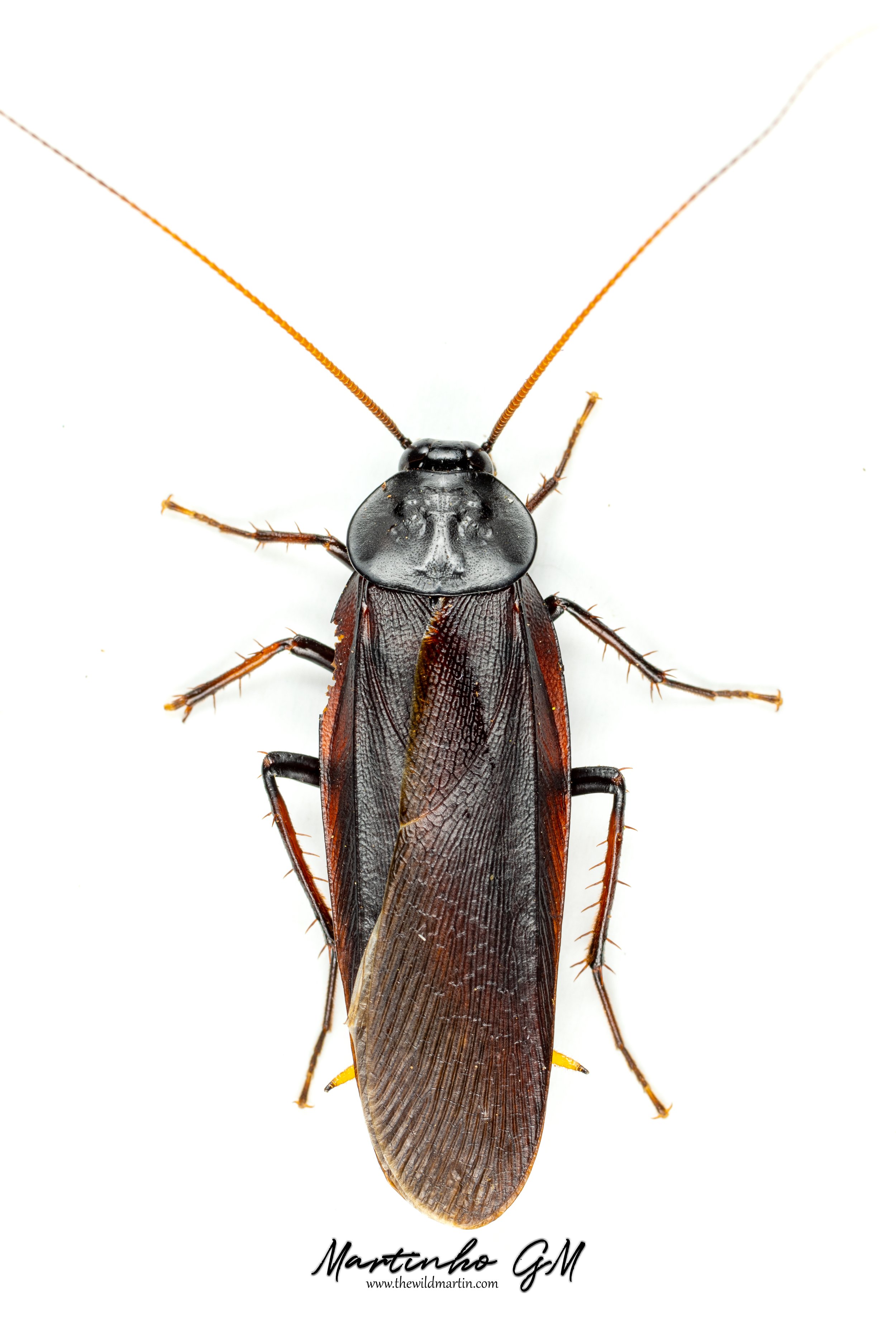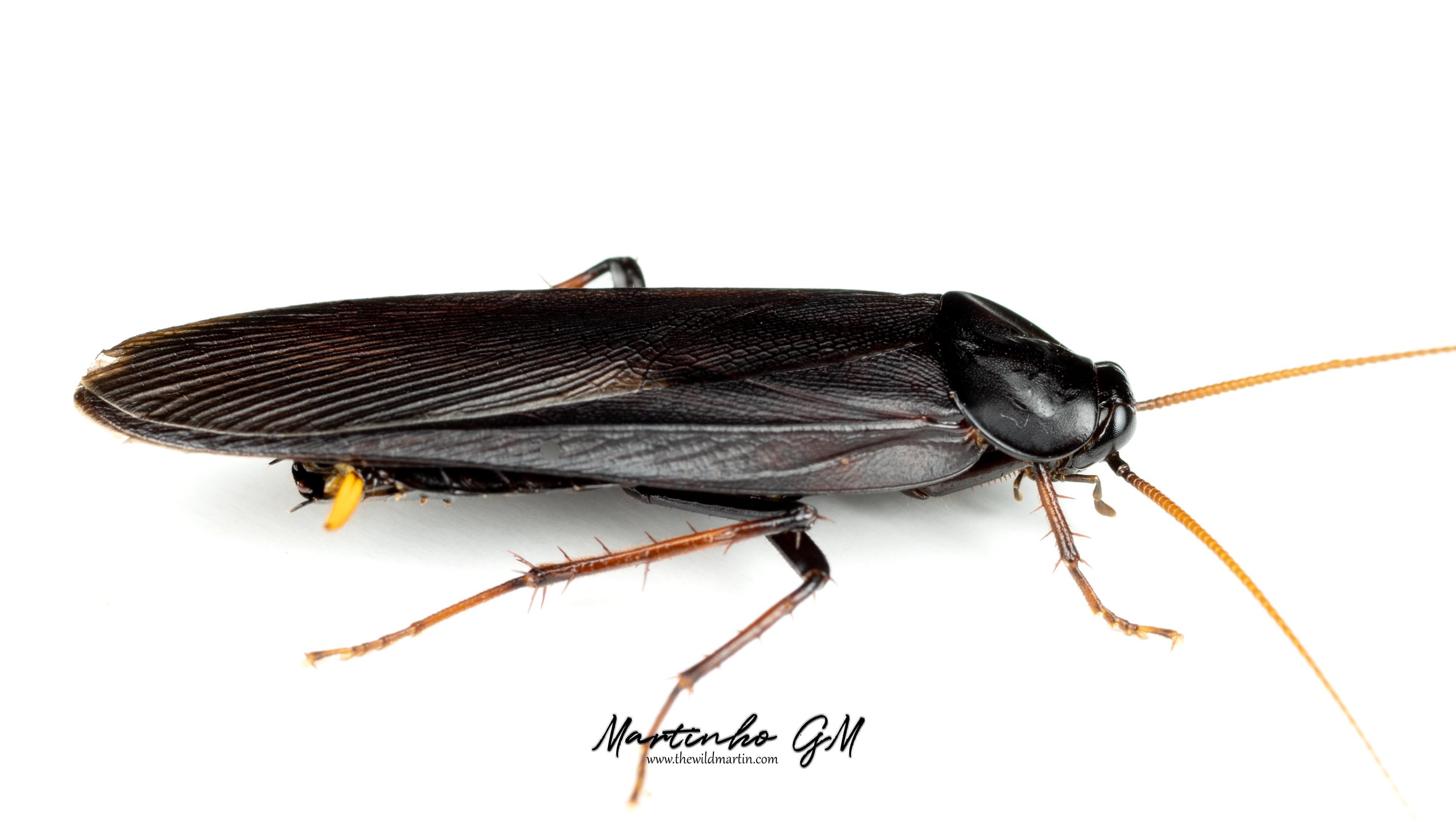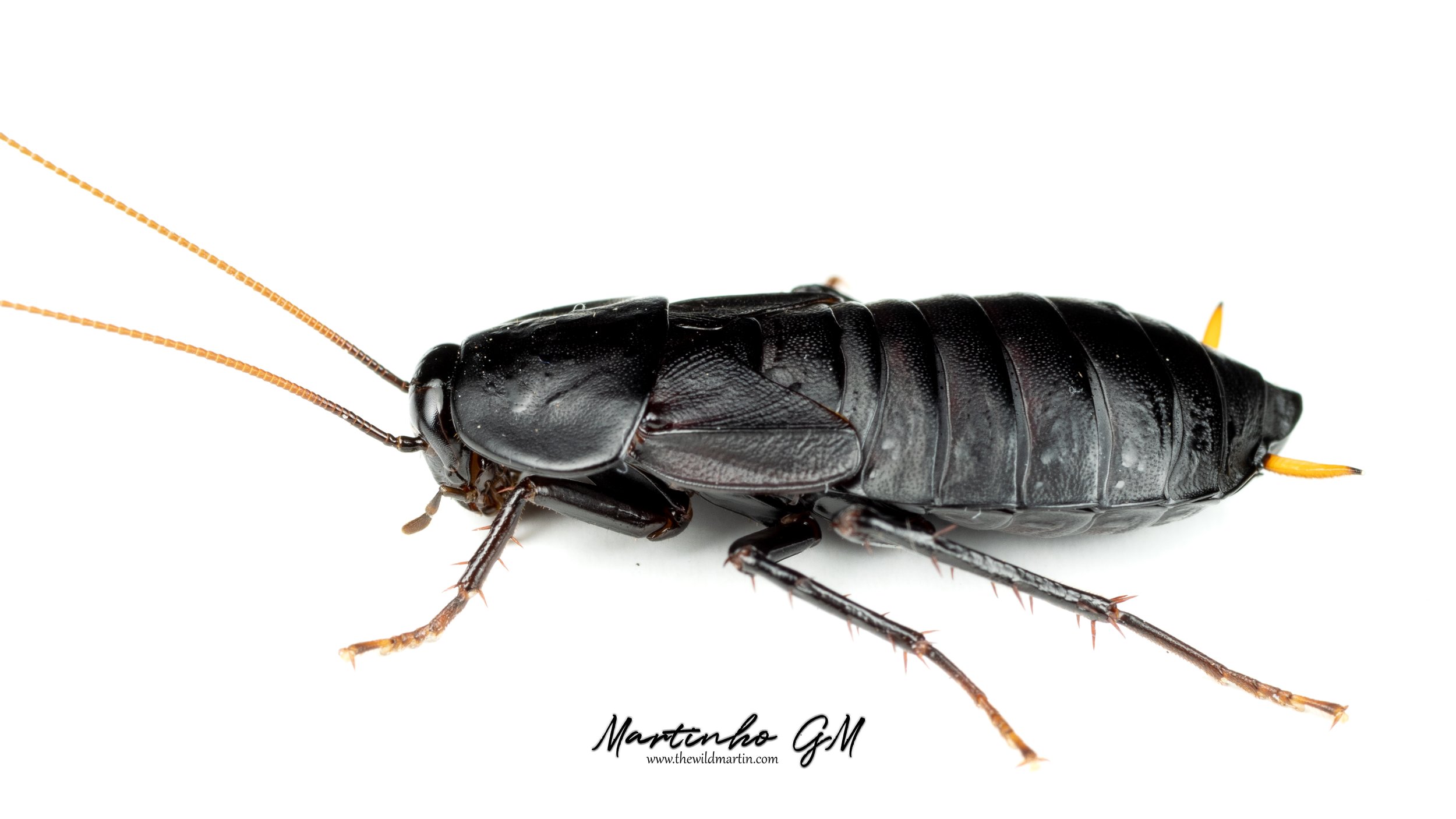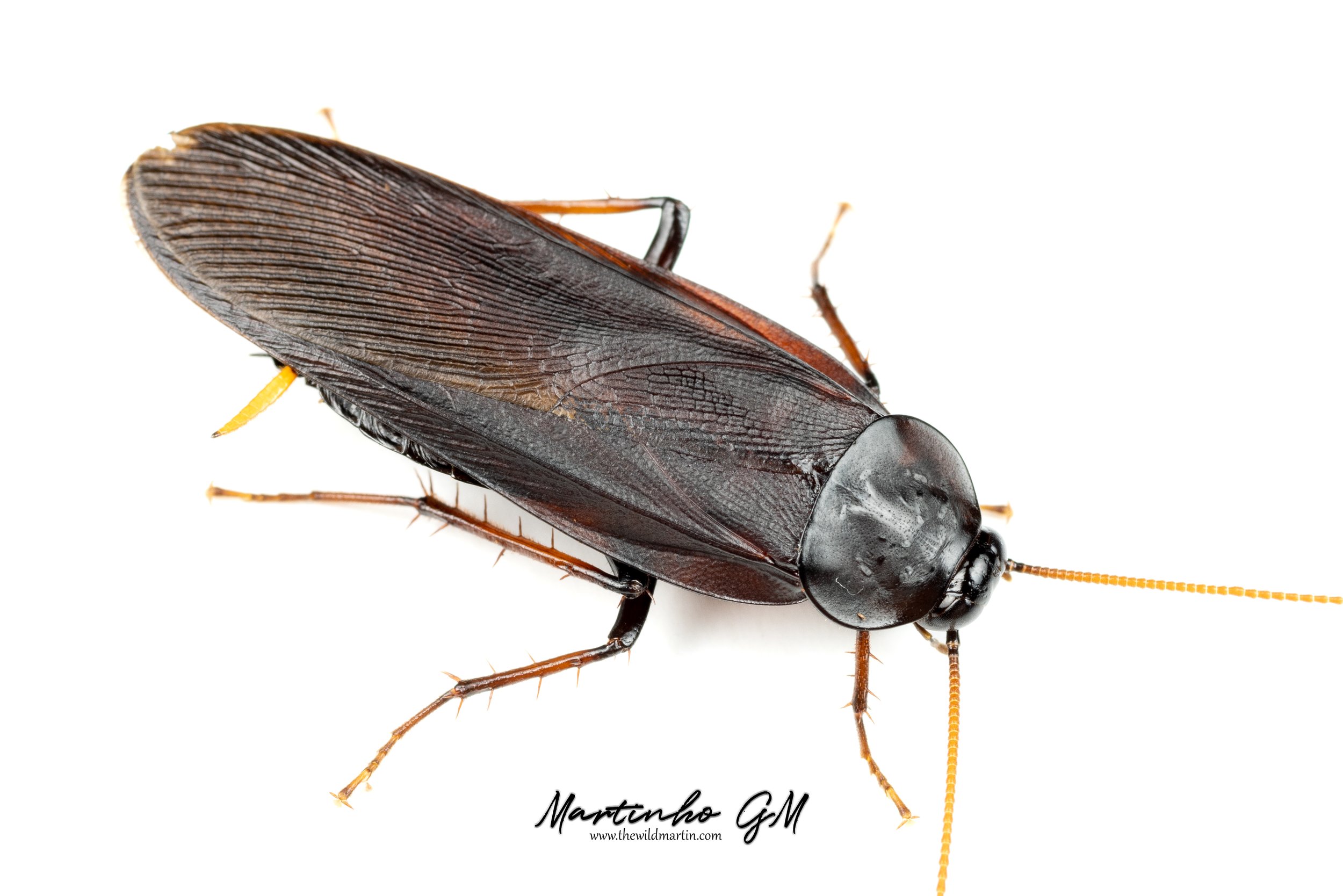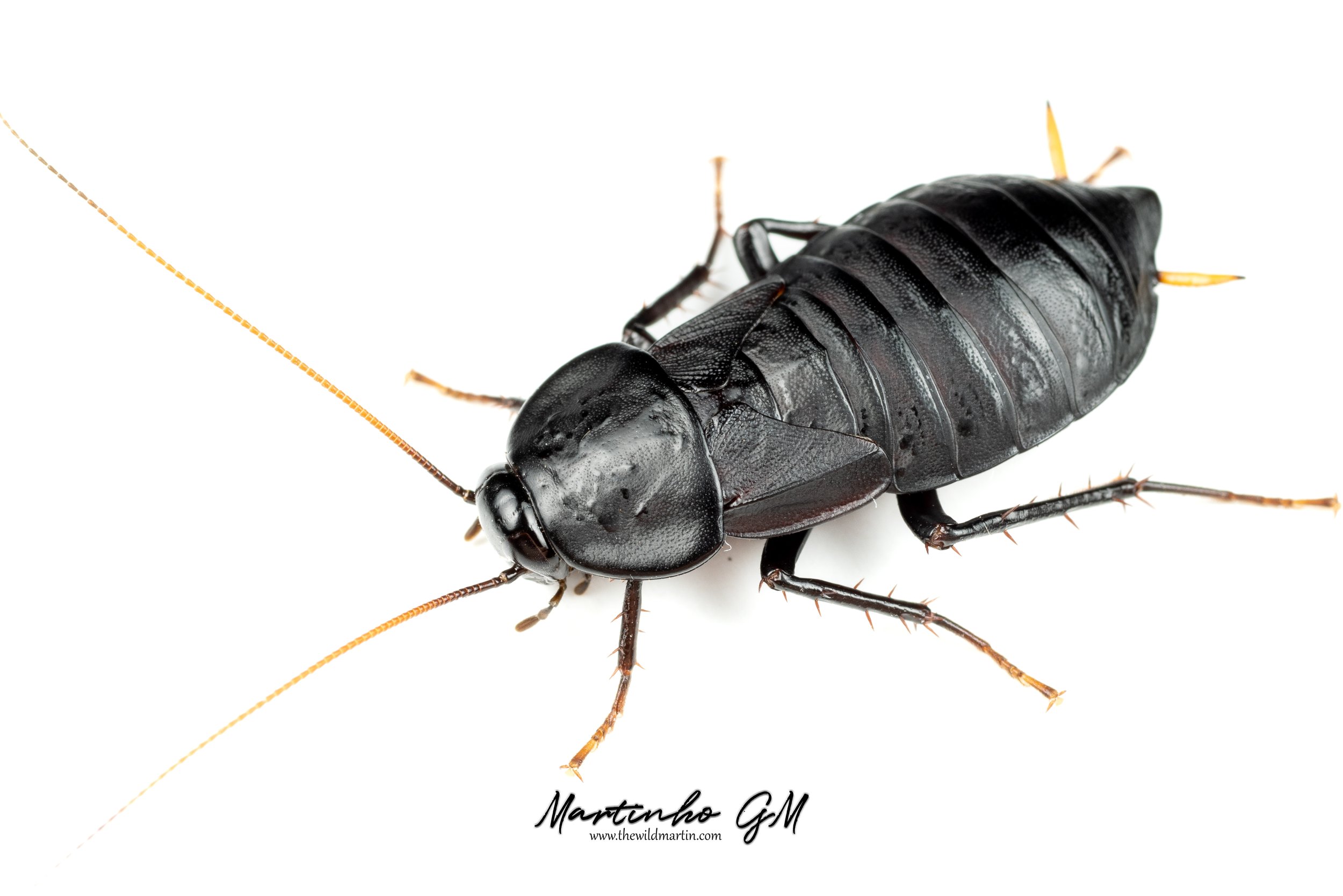Bundoksia longissima, a report on my breeding success.
Welcome to another post! This one a very exciting one for me!
Last year in 2023, around May, I received a small but reasonable group of what I identified as Bundoksia longissima from Guangxi, China.
Geographic distribution of Bundoksia longissima sp nov - sampling localities
A process made very easy by the recent paper - “A new species of Bundoksia Lucañas, 2021 with comments on its subfamilial placement, based on morphological and molecular data” ; by Yong Li and all 2022
The genus Bundoksia is brand new genus established recently in 2021 by Lucañas. Although the type species had already been identified in 1911 by Shelford as Cartoblatta rufocercata, it has then moved to Bundoksia, which only contained two species, which could be found in the Philippines.
Nothing much is known about their ecology except that “Bundoksia longissima is active at night to forage and mate. It is distributed mainly on tree trunks, a few on leaves. Once frightened, the female will emit an acidic liquid (lemon smell)”
This is something I was unaware of until recently, while i was trying to remove some of my colony to gift to my roach keeping friend who came visit me. During the process, seems I bothered them enough that the were exuding this quite fragrant smell. I wouldn’t describe it has bad at all.
Bundoksia longissima - Photography and copyright by Lu Qiu
The paper also mentions that the genus Bundoksia possesses some of the characteristics of the subfamilies Archiblattinae and Blattinae, and this is really what they look like to me. A Blattinae with Archiblattinae traits especially noticeable on the adult males. A mini platted Archiblatta hoeveni.
“[…]Lucañas (2021) also believed that the genus Bundoksia not only possesses the characteristics of the subfamily Archiblattinae (the distinct femoral armament, meso- and metafemur sparsely armed with dissimilarly-sized spines), but also those of Blattinae (the smooth pronotum and flattened tibiae). […]”
Key to known species of Bundoksia Lucañas, 2021
Bundoksia longissima adult female with its distinctive cercus pale yellow with apex black
Bundoksia longissima adult male with its distinctive cercus pale yellow with apex black
My small colony managed to reach maturity, mate and lay a significant amount of oothecas, which made me extra confident about how I was keeping them.
Bundoksia longissima plastered oothecas (2023)
Unfortunately it was short lasted…. as nothing came out of those oothecas.
Two or three things I noticed during this process. The females seem to be very protein/food driven especially during ootheca laying period, as if there isn’t constant available food, they will consume their oothecas.
Also they like to plaster their oothecas on the bark and glue them with substrate but they can also drop them on the ground, probably due to disturbances.
Bundoksia longissima ootheca
And finally the most concerning of the things I noticed was the almost instant creasing and deformation of the oothecas after being layed.
Bundoksia longissima females forming their oothecas
Bundoksia longissima female with ootheca
At this time, summer was starting in the South of China and temperatures were soaring, reaching up to 35C inside my bug room.
All the adults soon perished and nothing came out of those oothecas. I had to wait for next year to make a second attempt.
And so, few months pass and for other reasons (ants), I purchased a temperature controlled fridge (wine fridge converted to keeping and incubating lizards, insects and eggs).
And on the 21st November 2023, managed to get hold of another beautiful batch of mixed sized nymphs.
Bundoksia longissima group of nymphs
Some almost reaching adulthood.
Since I was going to be absent on holidays for a couple of weeks, I decided to put them inside my fridge at 23C. It was winter, and I was afraid they would die while I was away if a low temperature drop suddenly came.
Upon my return, I was surprised to find out that not only they were all ok, but also, many had already matured, mated and started to lay oothecas during that period.
Because the enclosure hadn’t any substrate at that moment, the oothecas were discarded on the floor.
Bundoksia longissima oothecas
I transferred the whole colony to larger enclosure, with substrate and bark, and continued to keep them in controlled temperature 23C. I was also keeping the substrate under the bark humid, while the other side (feeding side) dry, in a 50/50 humid gradient.
If you scroll back up, you can notice that although these oothecas are also wrinkled, they are not so compressed horizontally as the other ones were. In these, the wrinkles are vertical, almost revealing the location of each individual egg. The previous ones on the other hand had a severe longitudinal depression.
I never realized the impact of temperature until recently. I never realized that this could be a cause.
And this bring us to the reason why I am doing this post! After approximately 3 months after receiving them, one of the oothecas which was still on the soil hatched out.
Bundoksia longissima nymphs next to an adult female
I have counted around 10 nymphs in total, and I cannot wait for more!!
Bundoksia longissima male and female
I still have two adult males and the females are still producing oothecas.
Bundoksia longissima colony congregating on the humid side under the bark
Bundoksia longissima oothecas plastered on the bark (2024)
So fingers crossed for more babies soon!!
I think these are very exciting news. Such a recently discovered species, am I the first one to breed them successfully?
Probably not, maybe someone in China already had done it, but who knows… that’s also not important.
What is important is to share the experiences, the obstacles and the outcome.
Going back to the temperature control issue, it made me wonder, if an ootheca is somehow a structure like the human skin. A breathing tissue, which allows the exchange of humidity outwards, but does not capture it back even if in contact with water.
If yes, then in this case, the critical ootheca hatching task would be to ensure that the external humidity matches the ootheca internal humidity requirements (whatever they may be).
And as for temperature, it would play a role in the faster or slower desiccation rate of the ootheca vs its developing rate.
Too low, it may induce the eggs not to hatch or develop, too high and it may dessicate the ootheca.
I am very tempted to try keeping Archiblatta hoeveni once again, just to try out this theory against their ever so elusive ootheca hatching mechanism in our roach keeping hobby.
As spring and summer are approaching, I am now purchasing a 450L fridge in order to make sure all of my more sensitive ant and roach colonies can be kept properly inside.
It seems the Southern China Sea Subtropical climate is too demanding for the more northern and temperate Chinese insect species from regions like Yunnan and Guangxi, where the climate is considered year round a constant spring like climate.
Thank you very much for your time, stopping by and reading this post.
Leave me a comment if you like.
Hope you have enjoyed and hope to see you soon on the next update!
Cheers!
